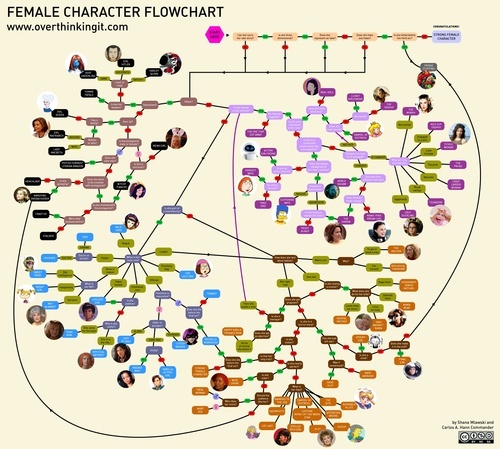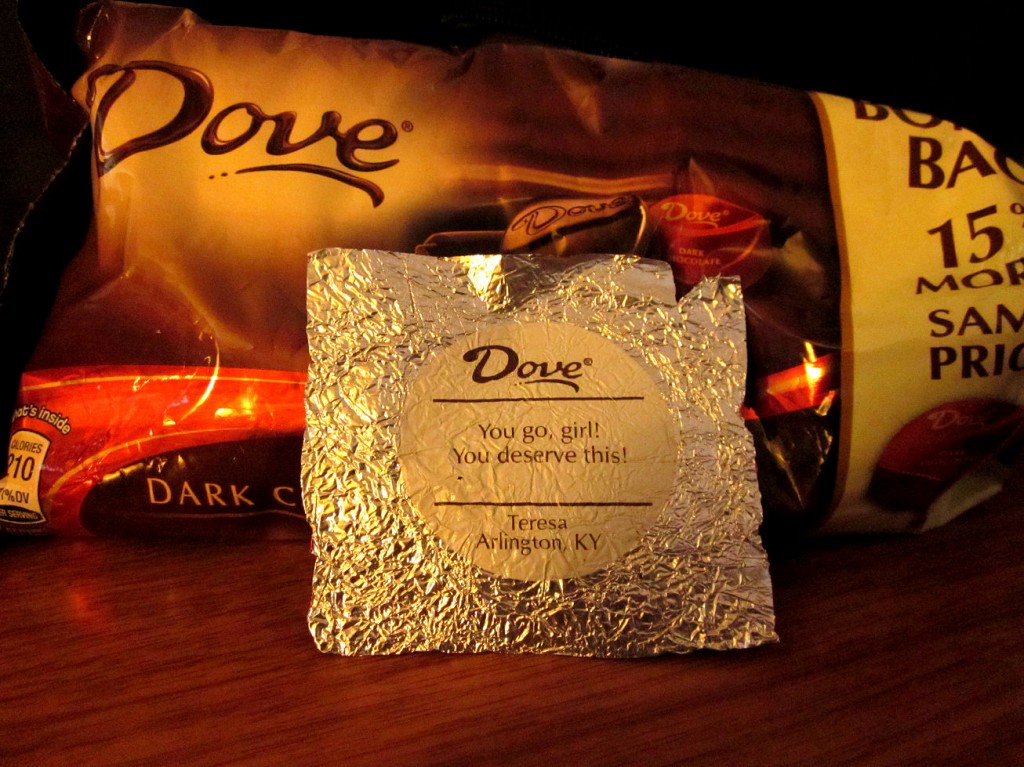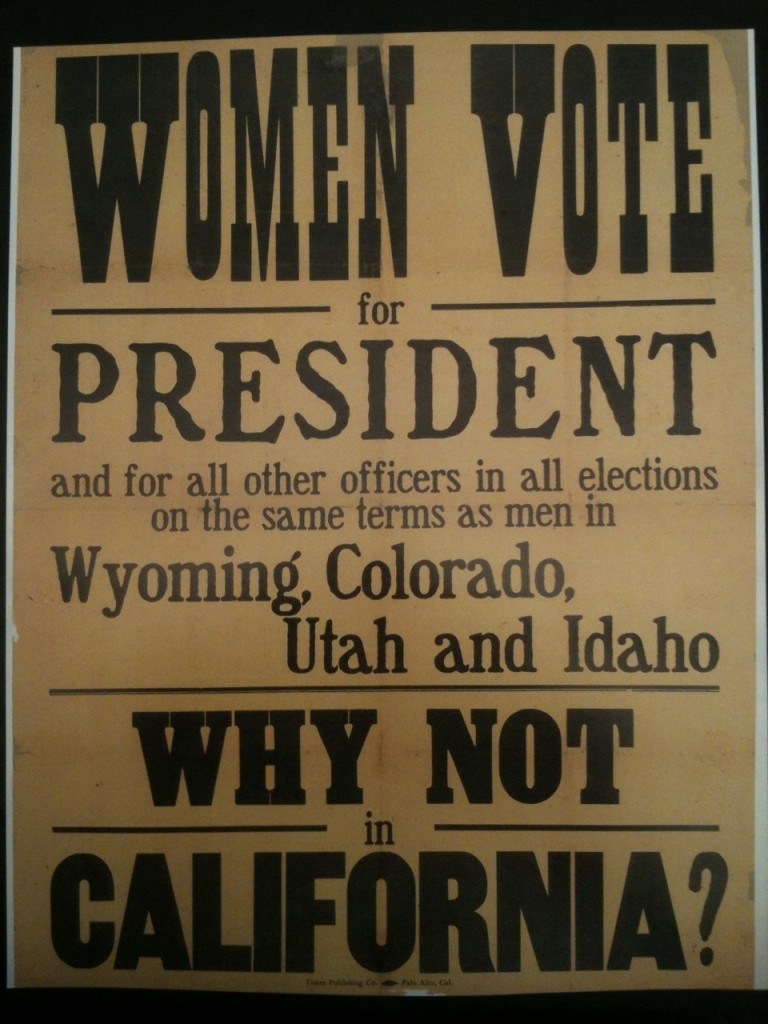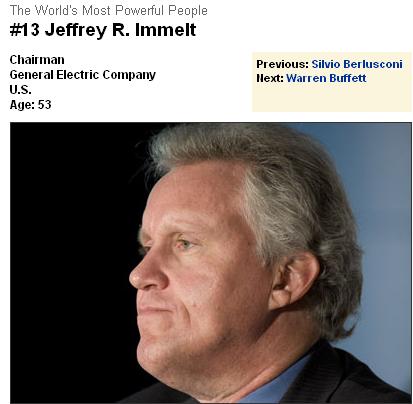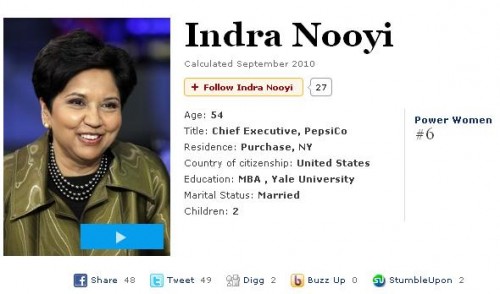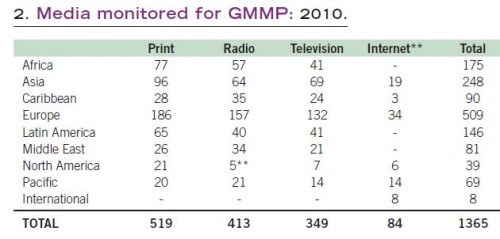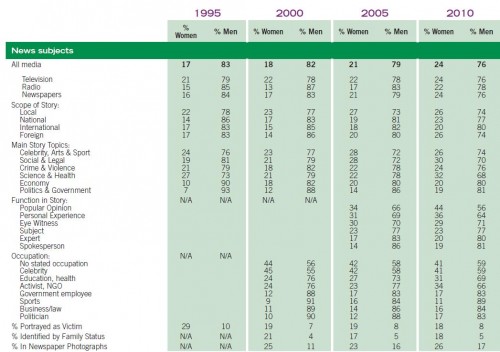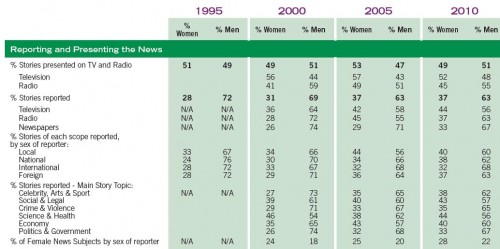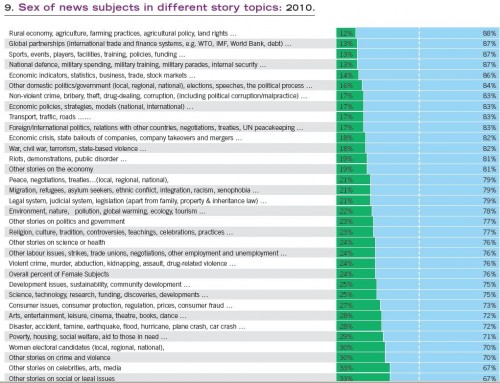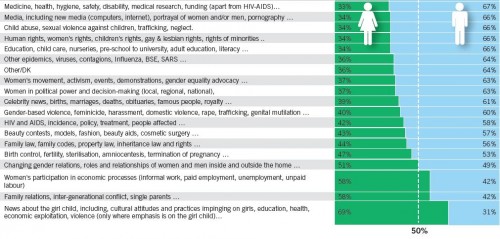Allison M., Liz B., and G.Z. sent in a link to a post at Jezebel that highlights stereotypical female characters in movies and on TV. The image takes the form of a flowchart, created by Mlawski at Overthinking It (which is currently experiencing technical difficulties). Mlawski says, “Hollywood has a significantly harder time writing non-stereotypical female characters than male ones, so I made this chart to help out.” Click to enlarge, then hit “full size” at the bottom of the larger image to see an easily-readable version:
Of course, many of these characters wouldn’t be inherently problematic — men are often portrayed in one-dimensional roles, etc., and I personally adore Lucille Bluth — if it weren’t for the fact that they’re so pervasive compared to female characters shown as complex, interesting protagonists who aren’t either bitchy shrews or unfulfilled until they can find the right man/have a baby.
Also check out our post on the Bechdel Test.

